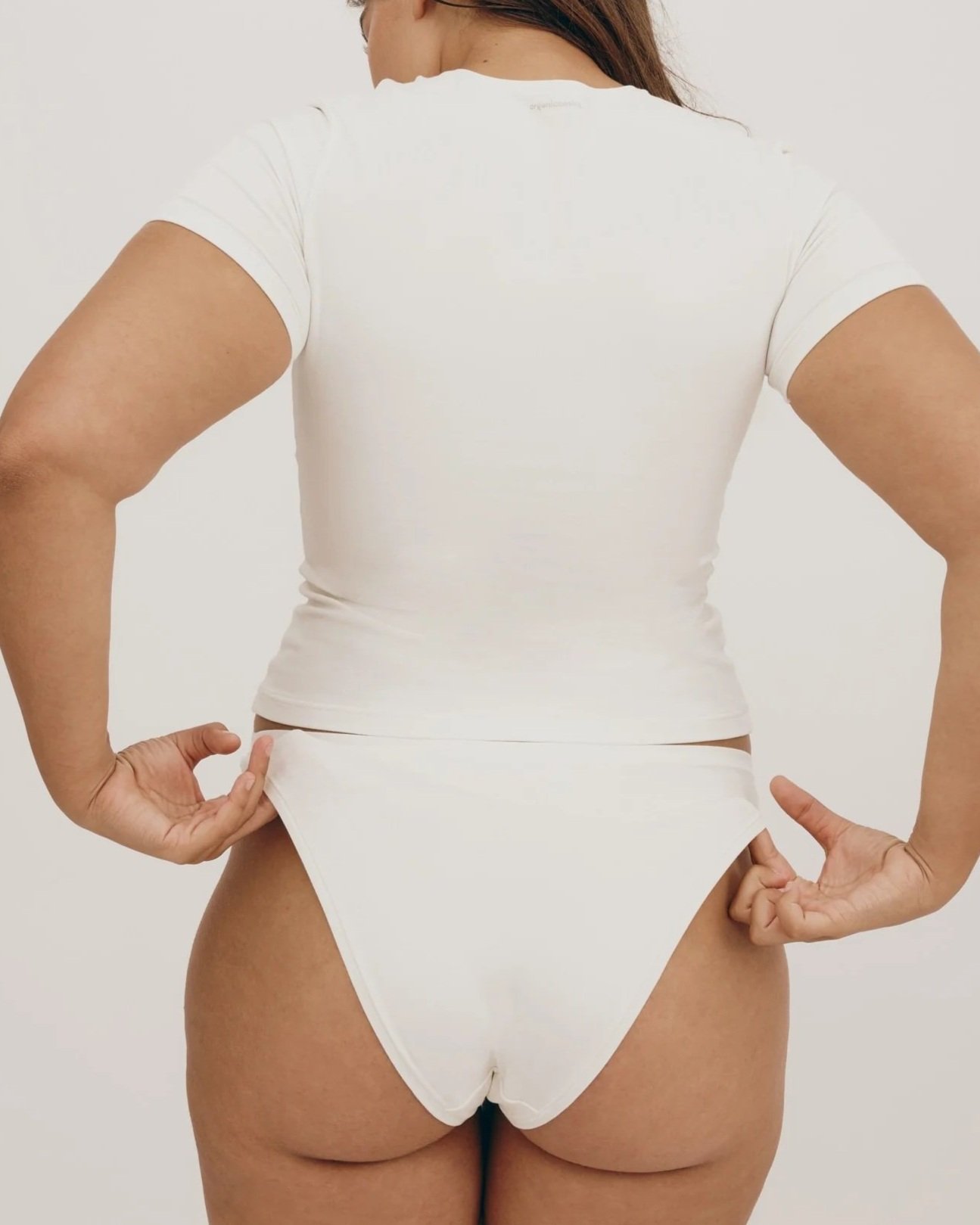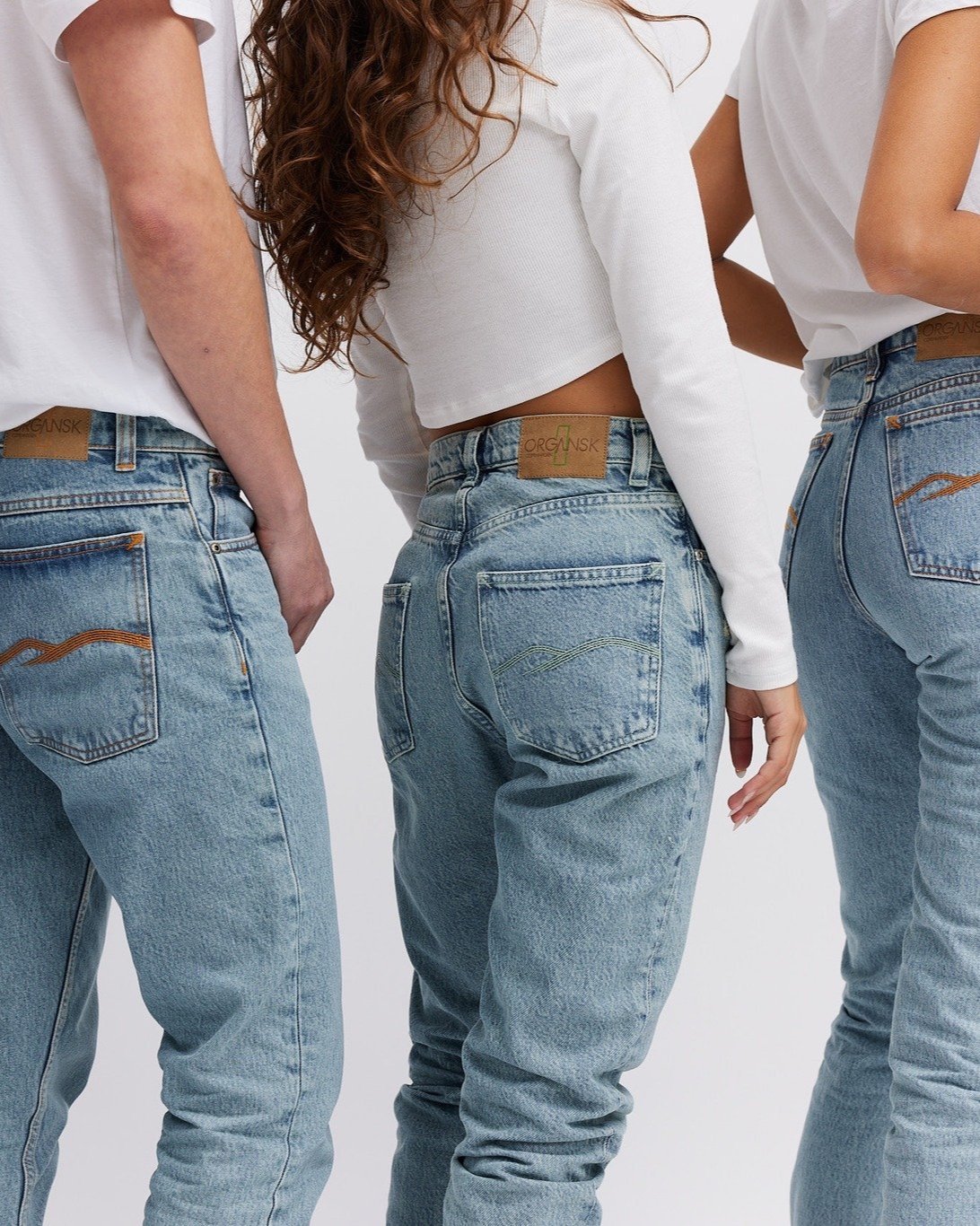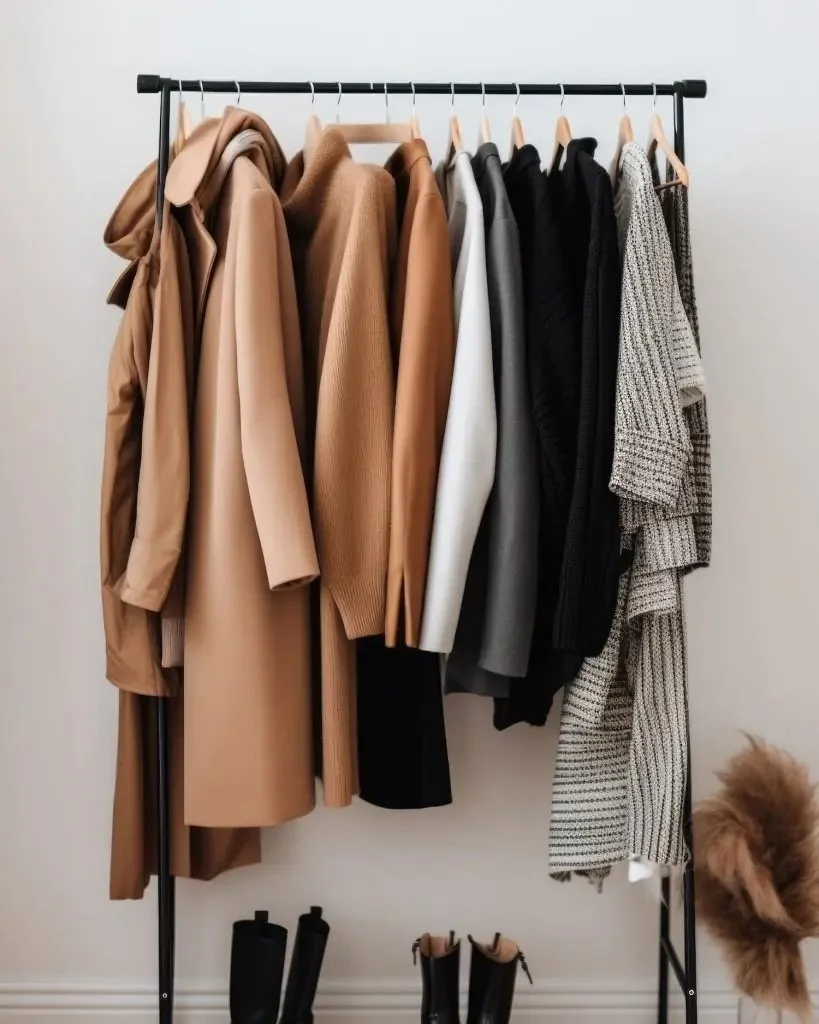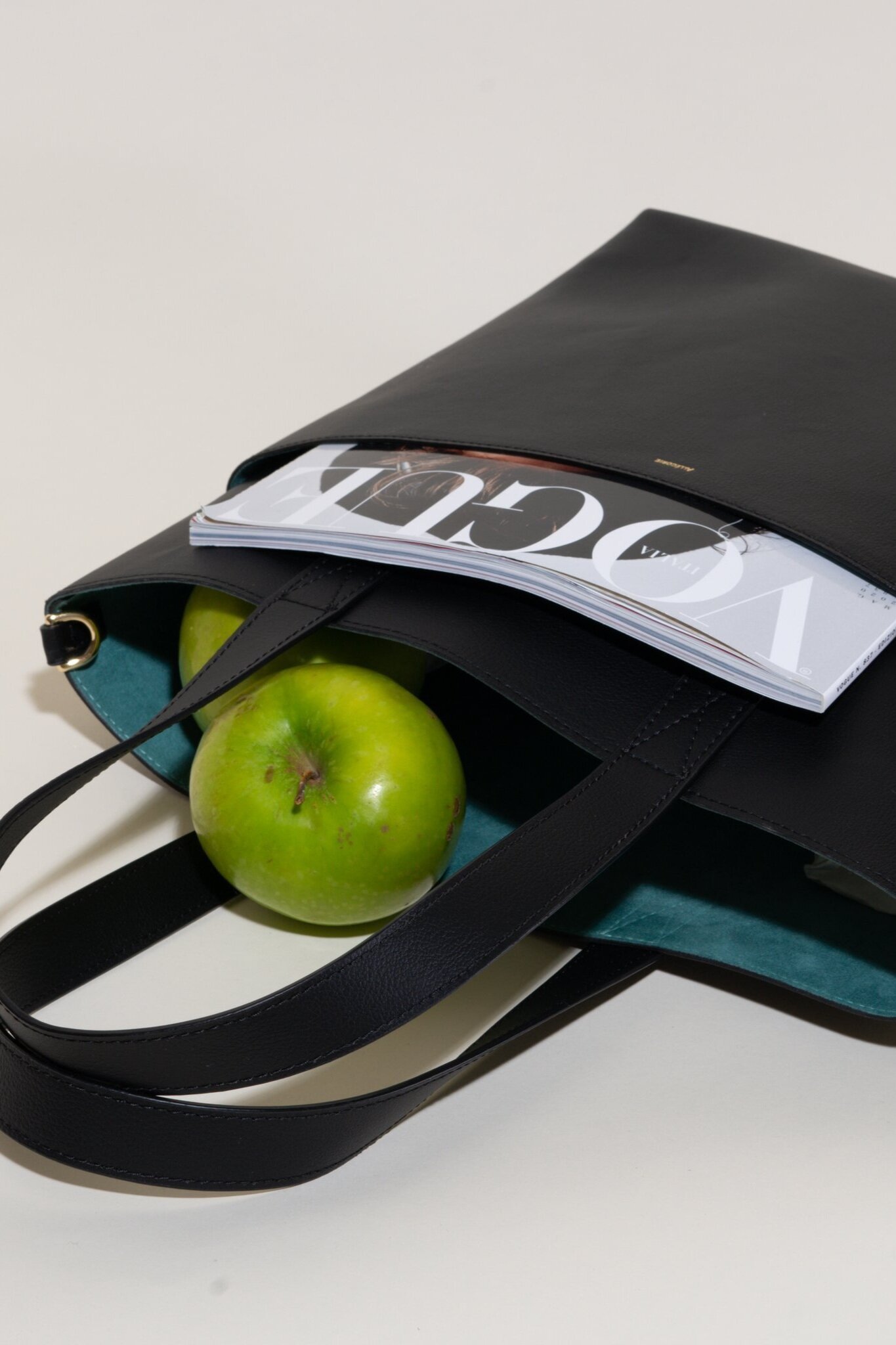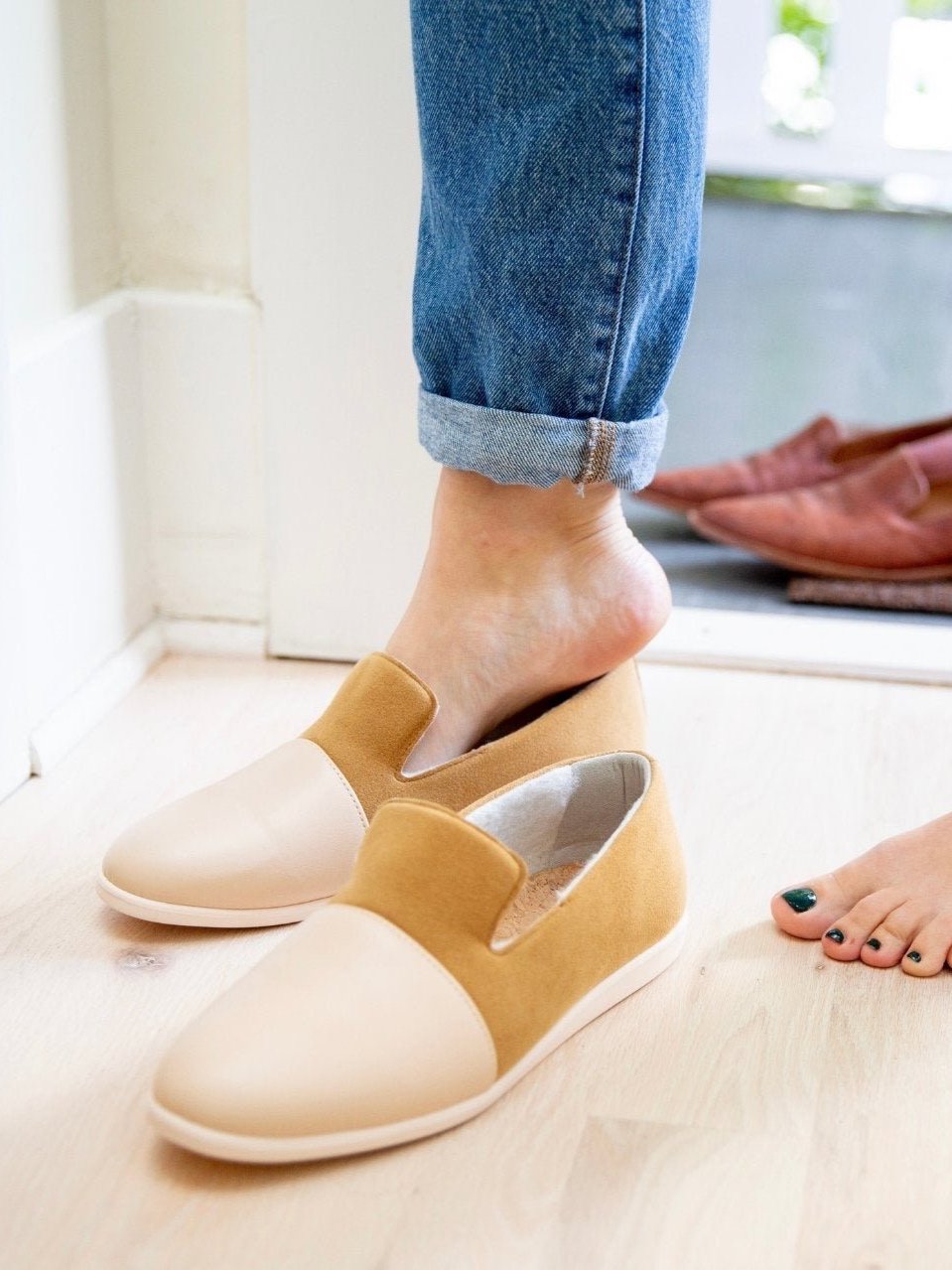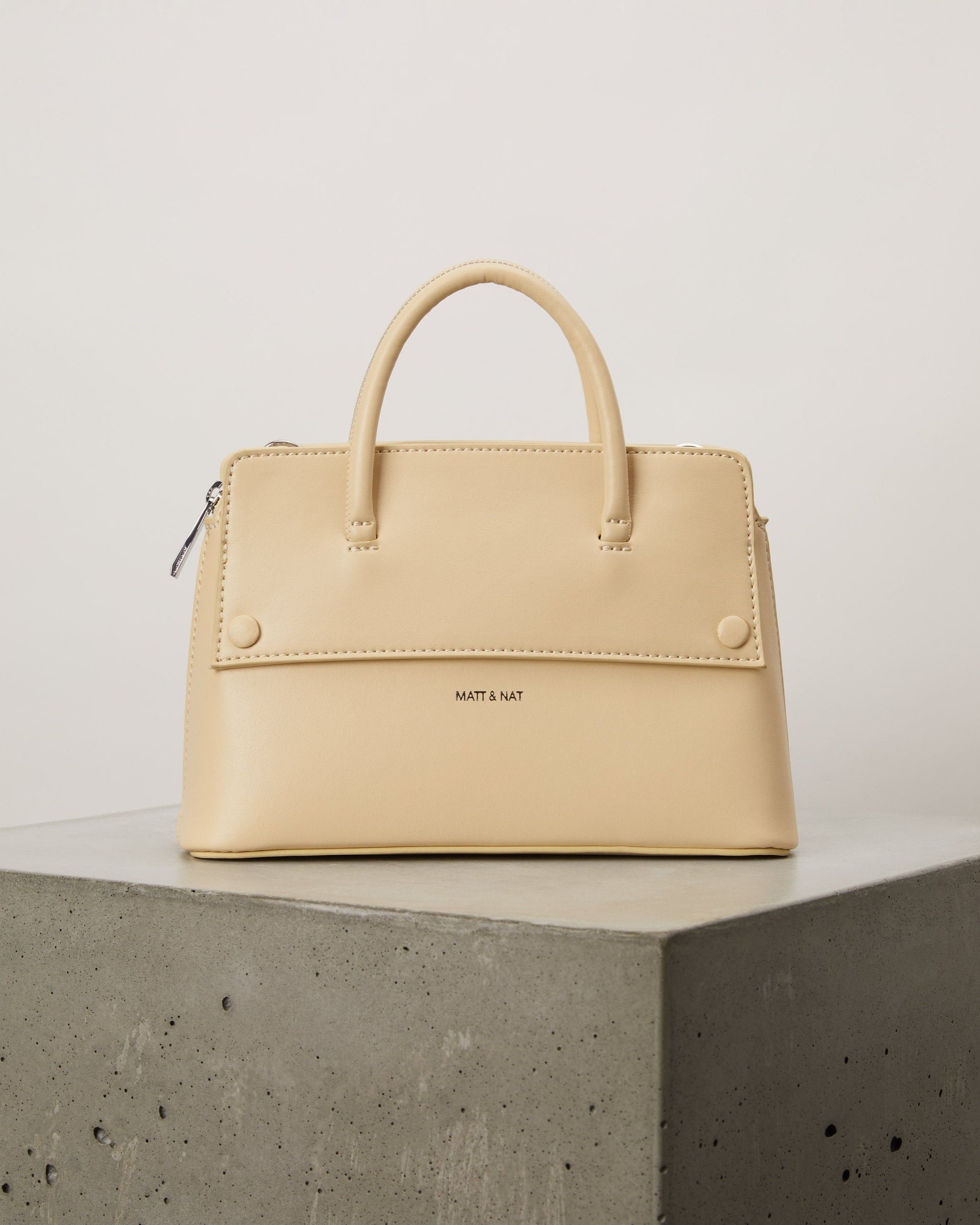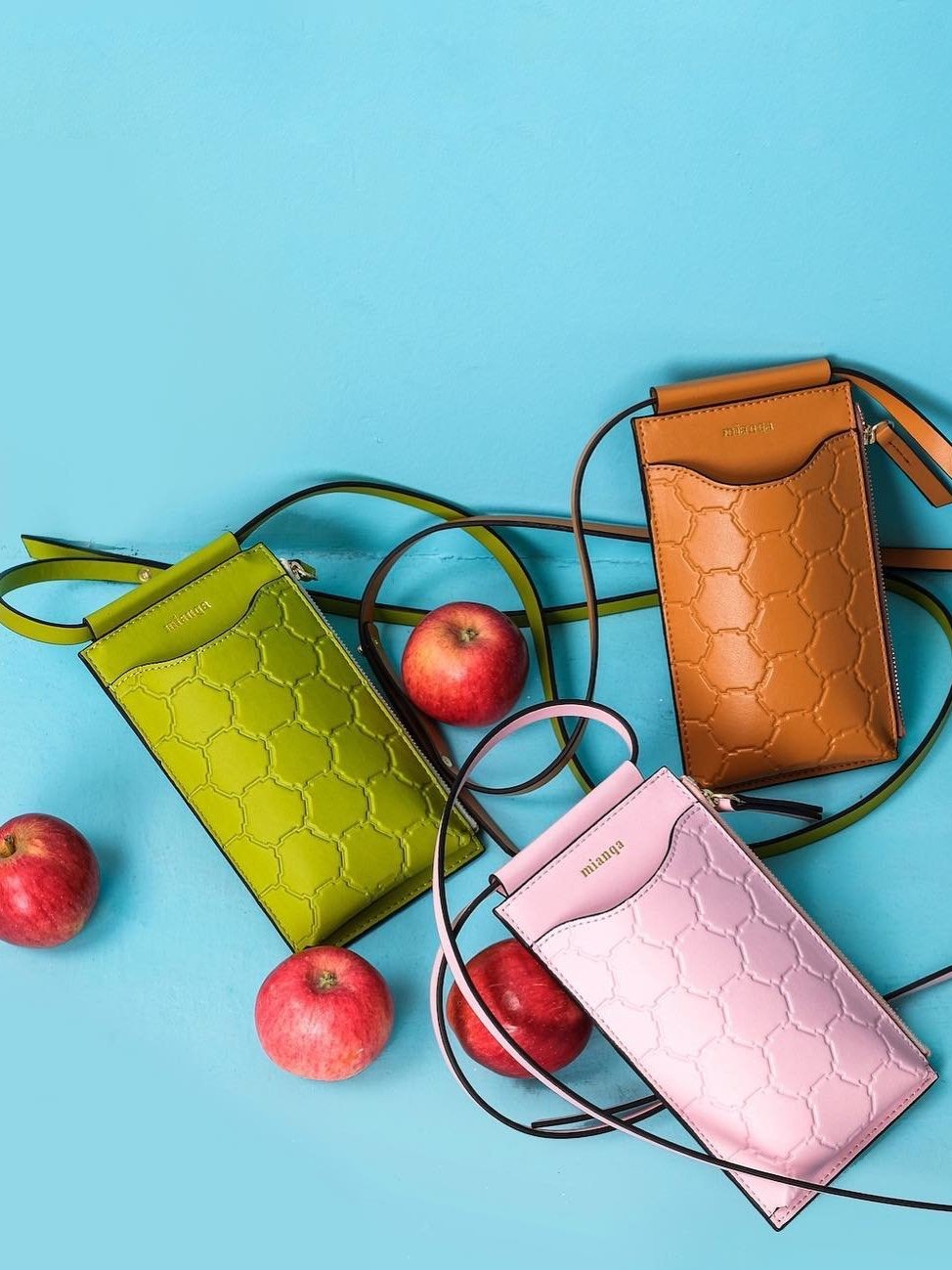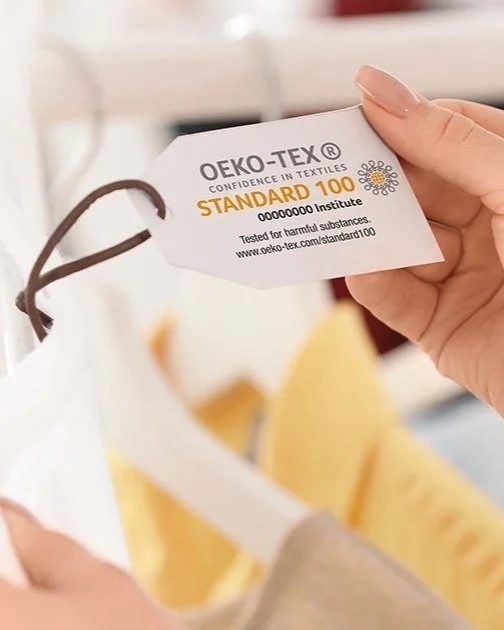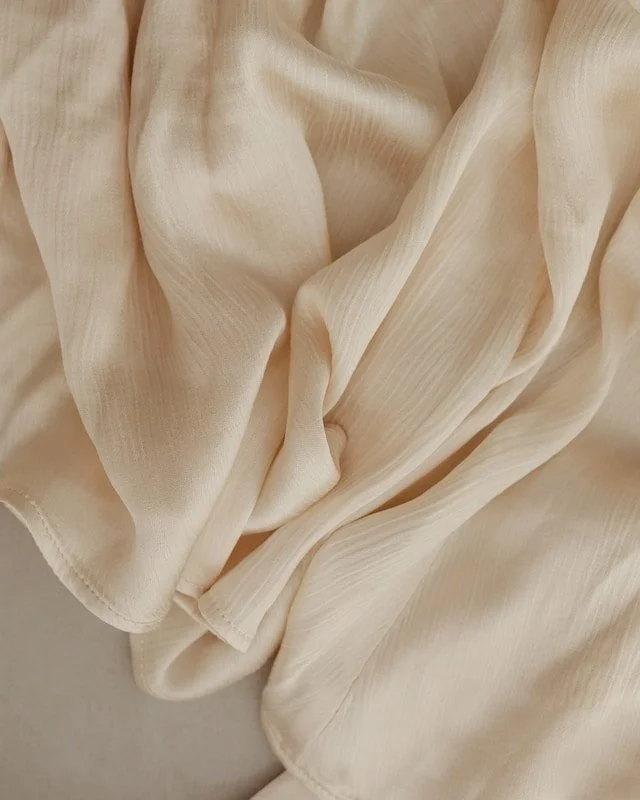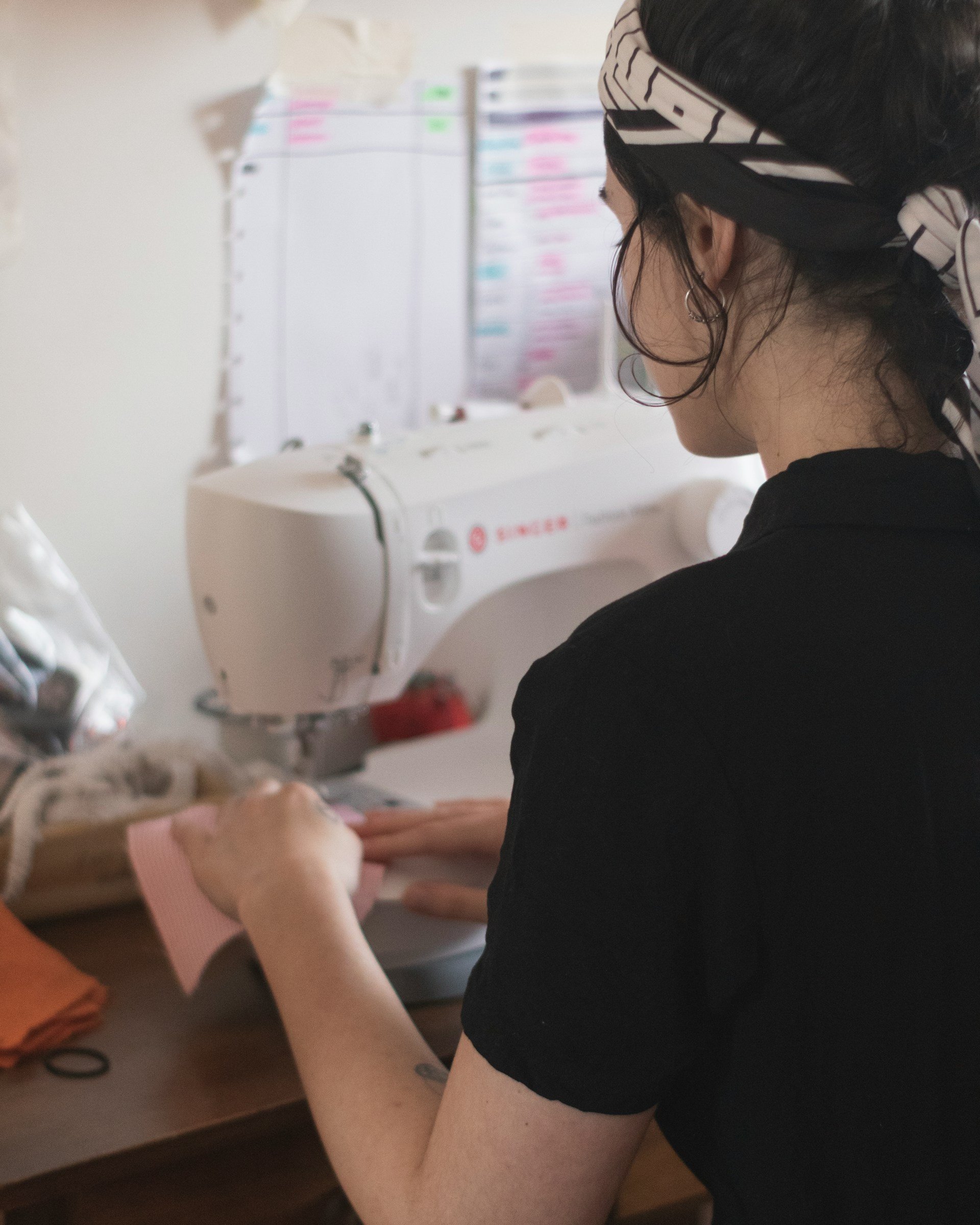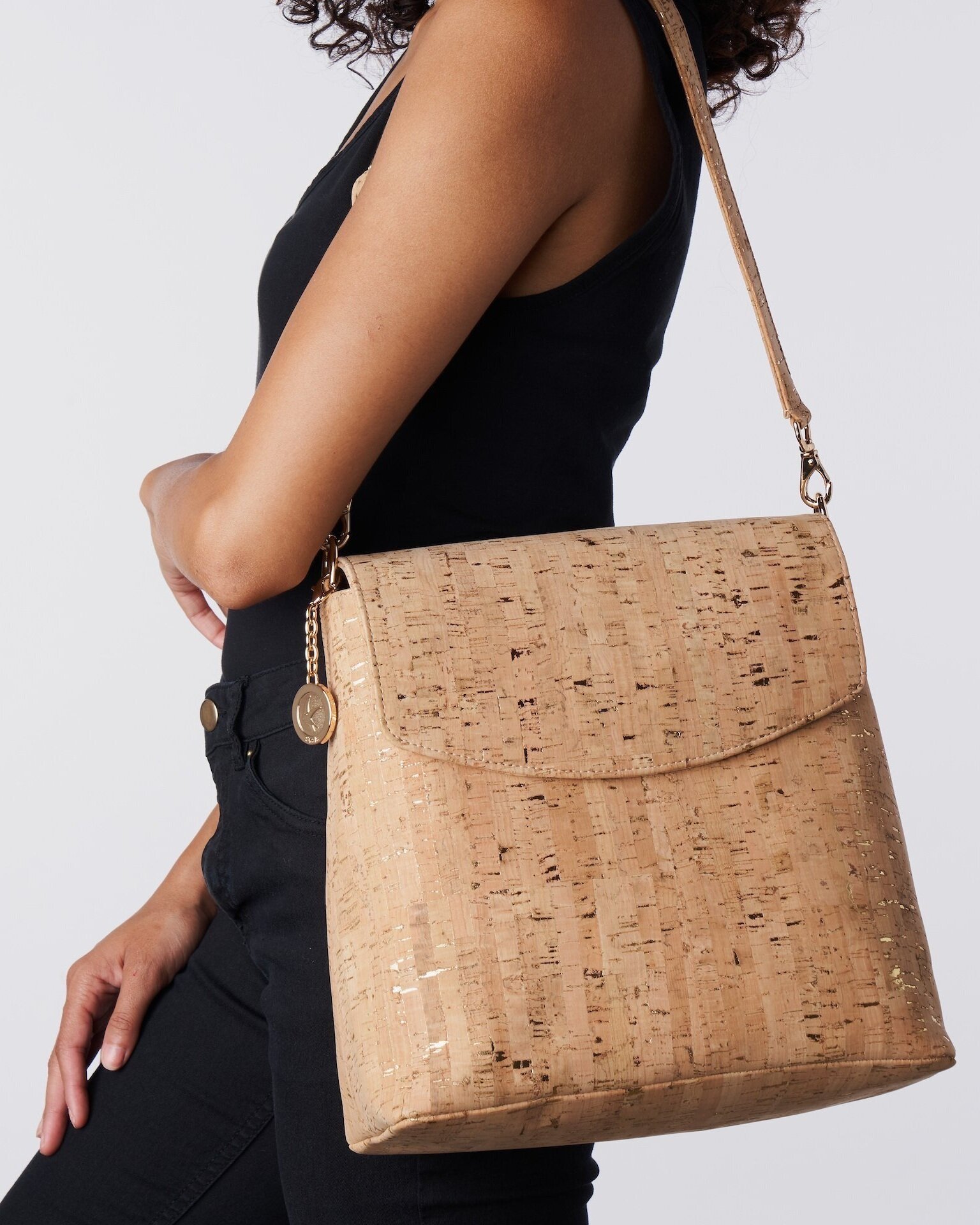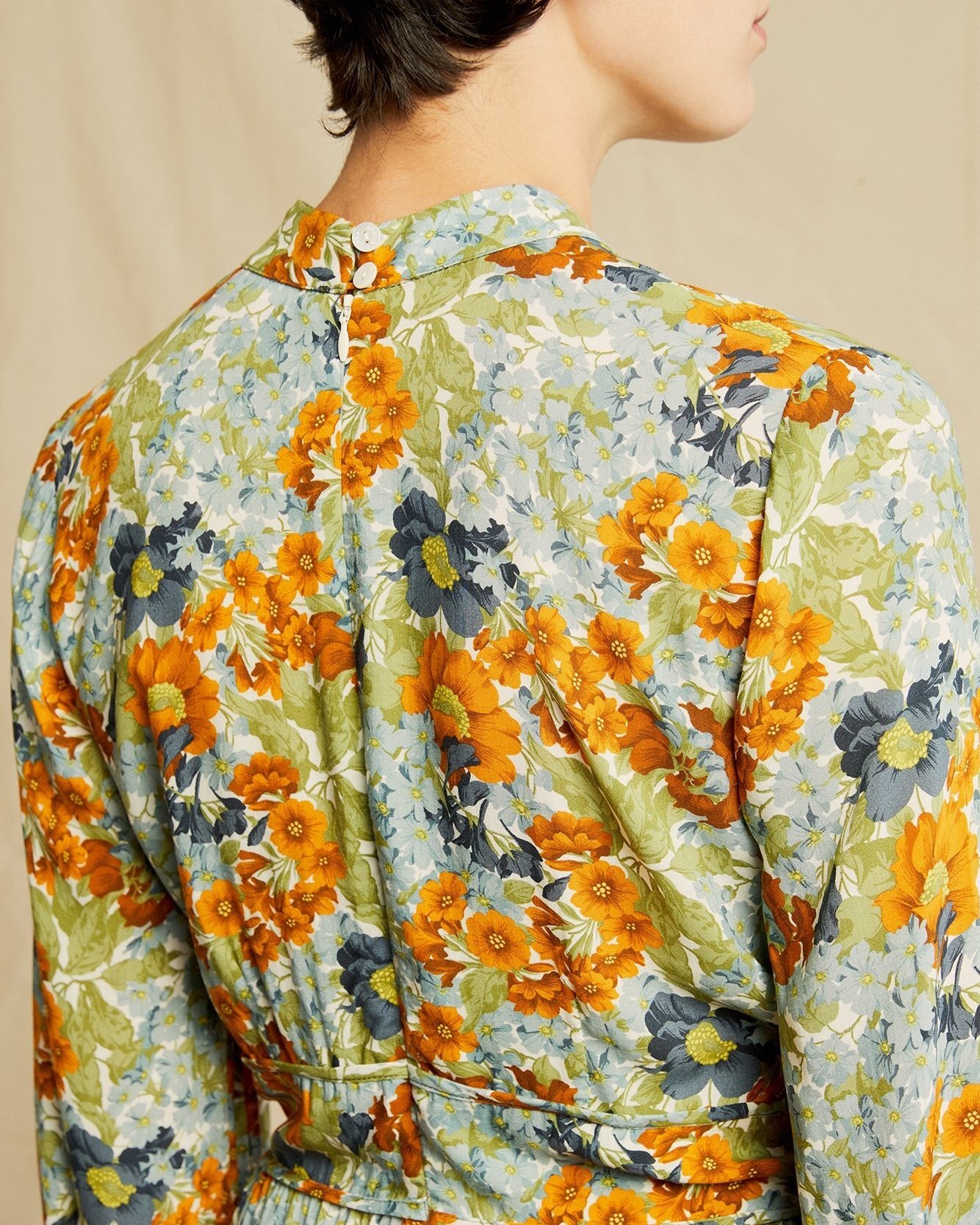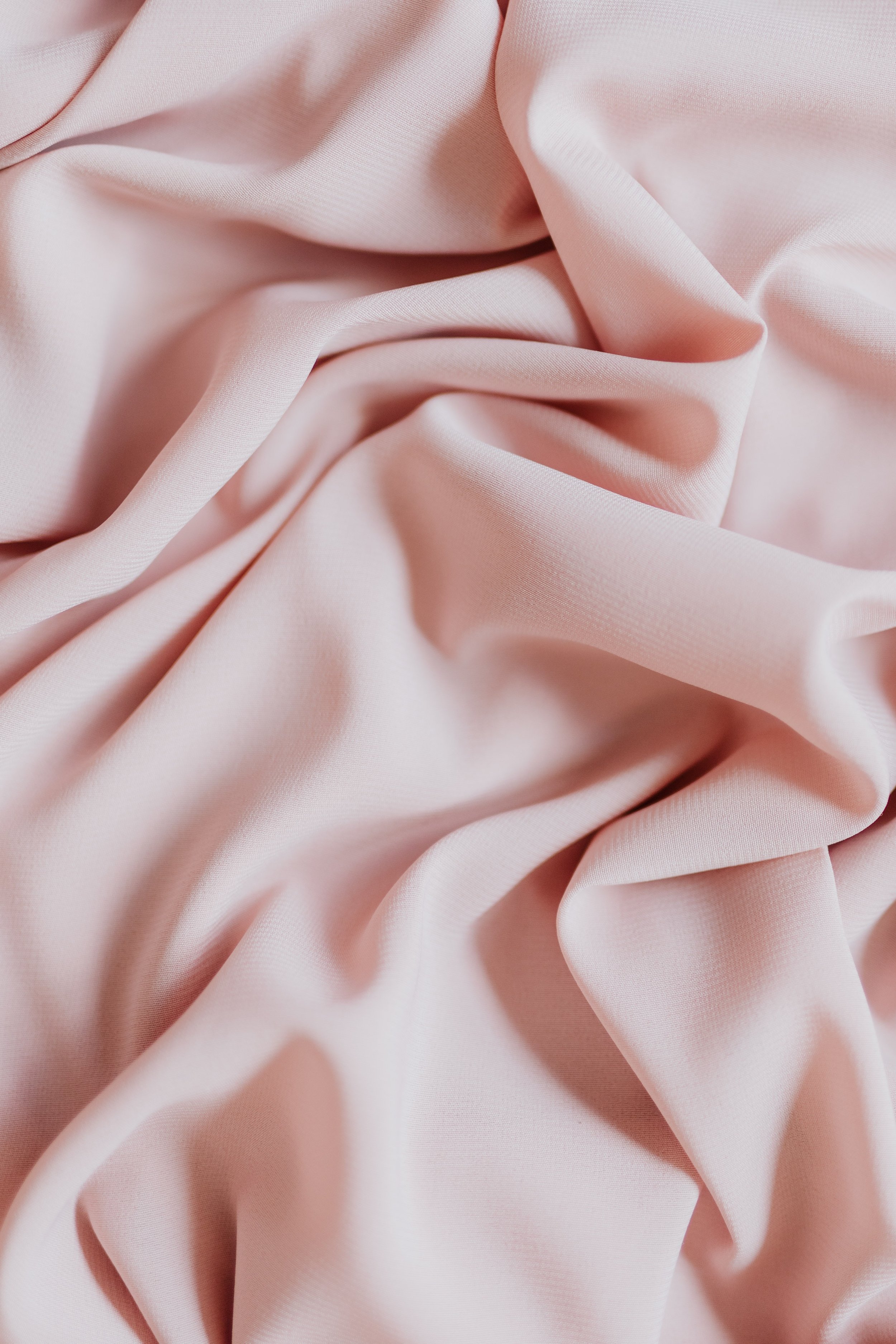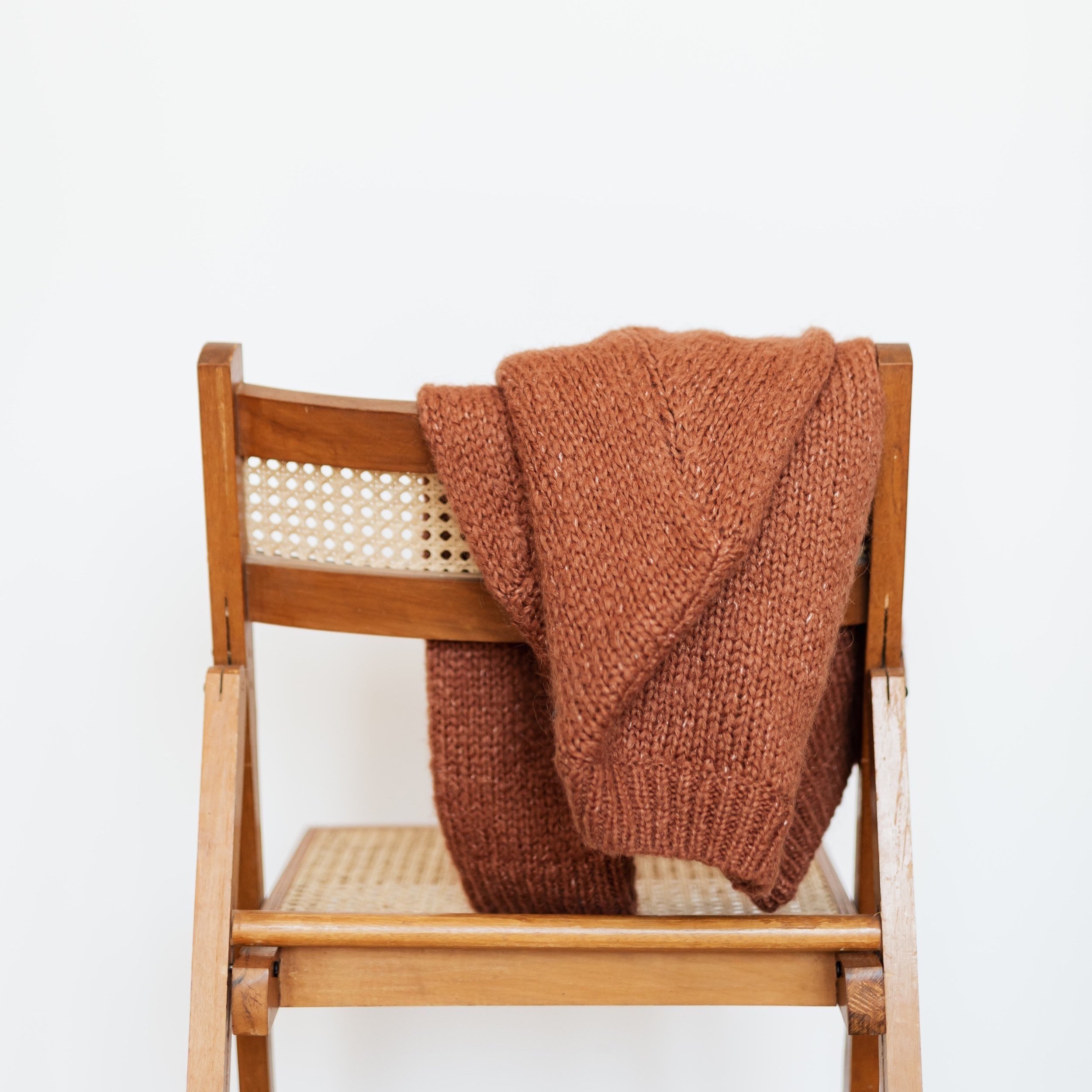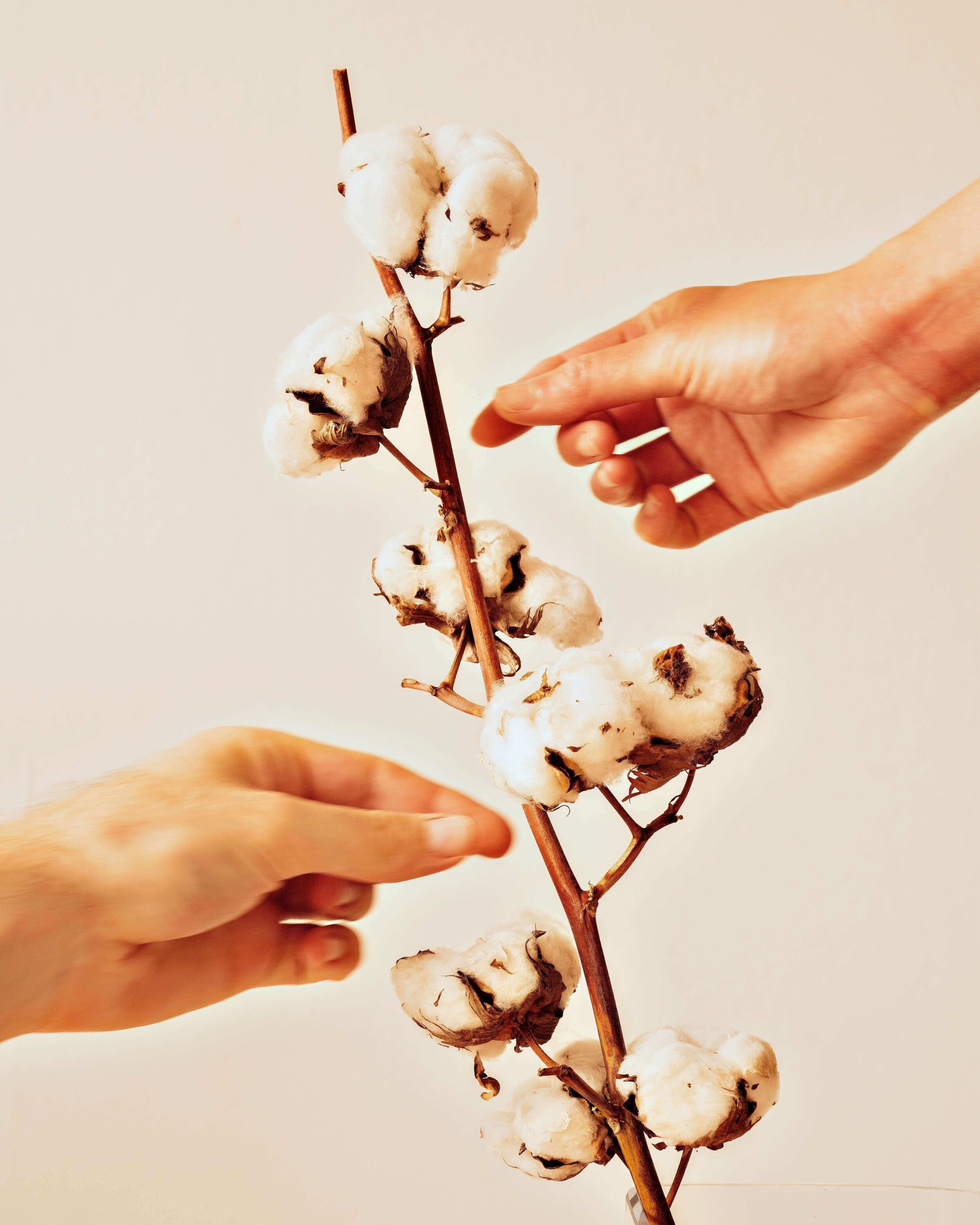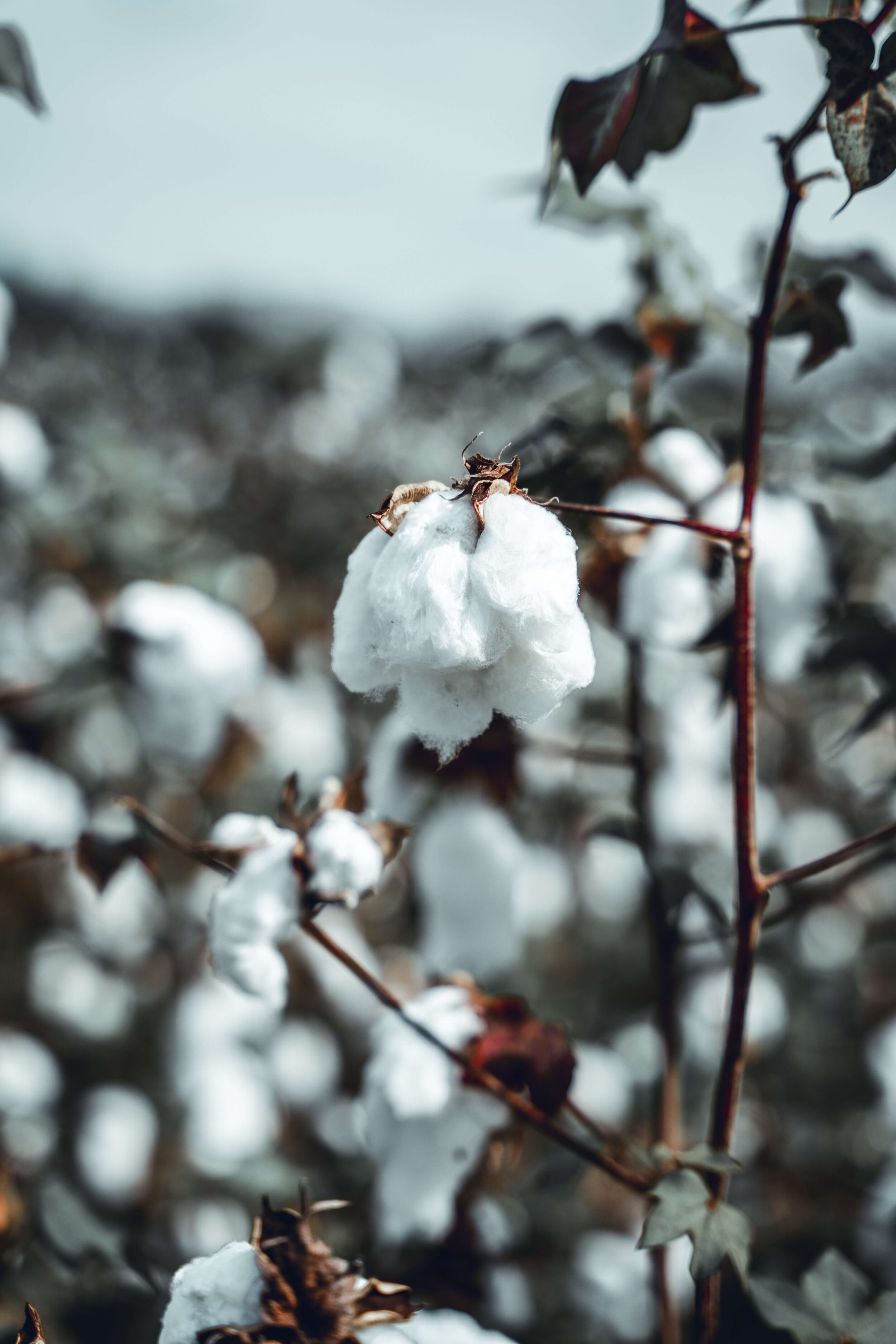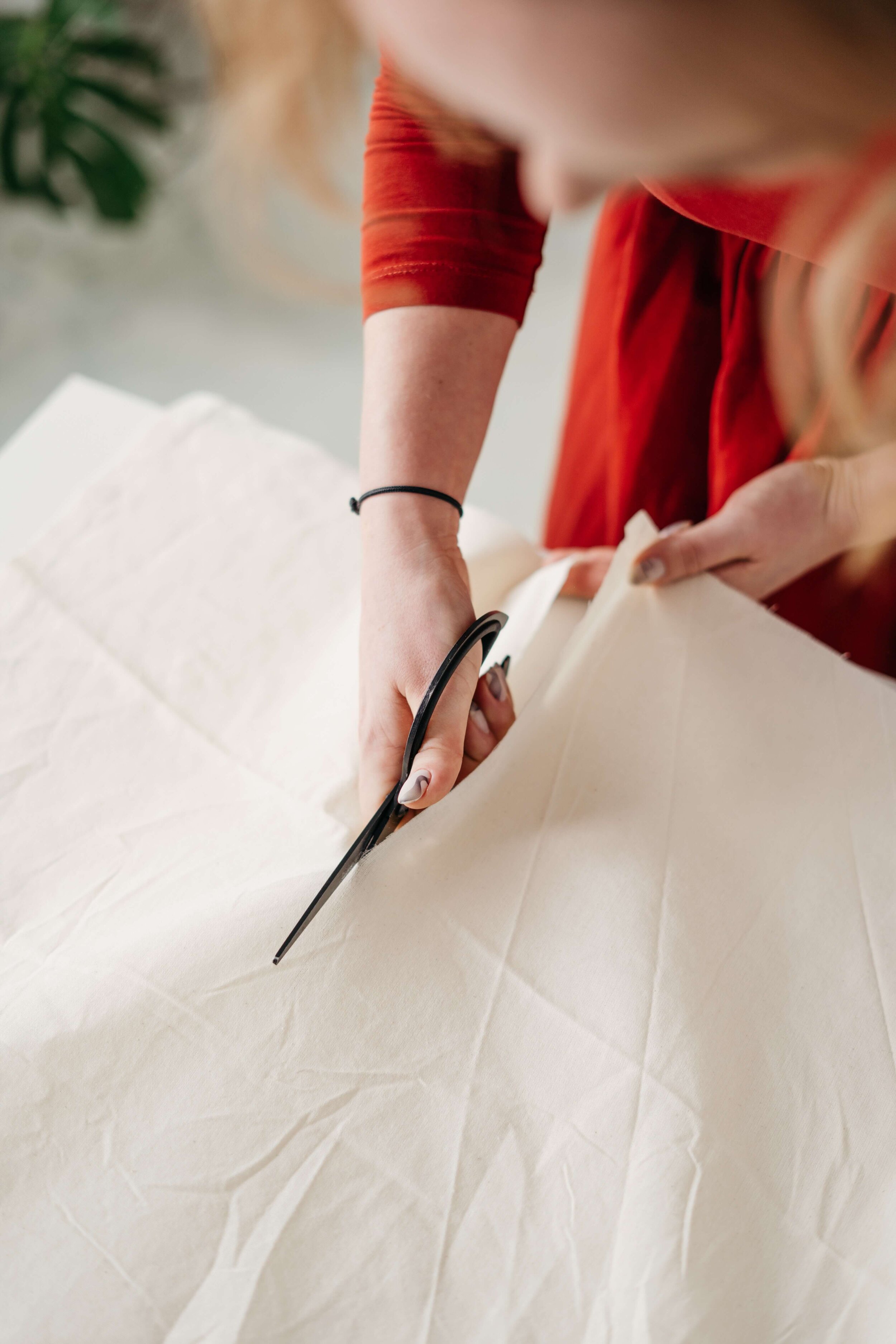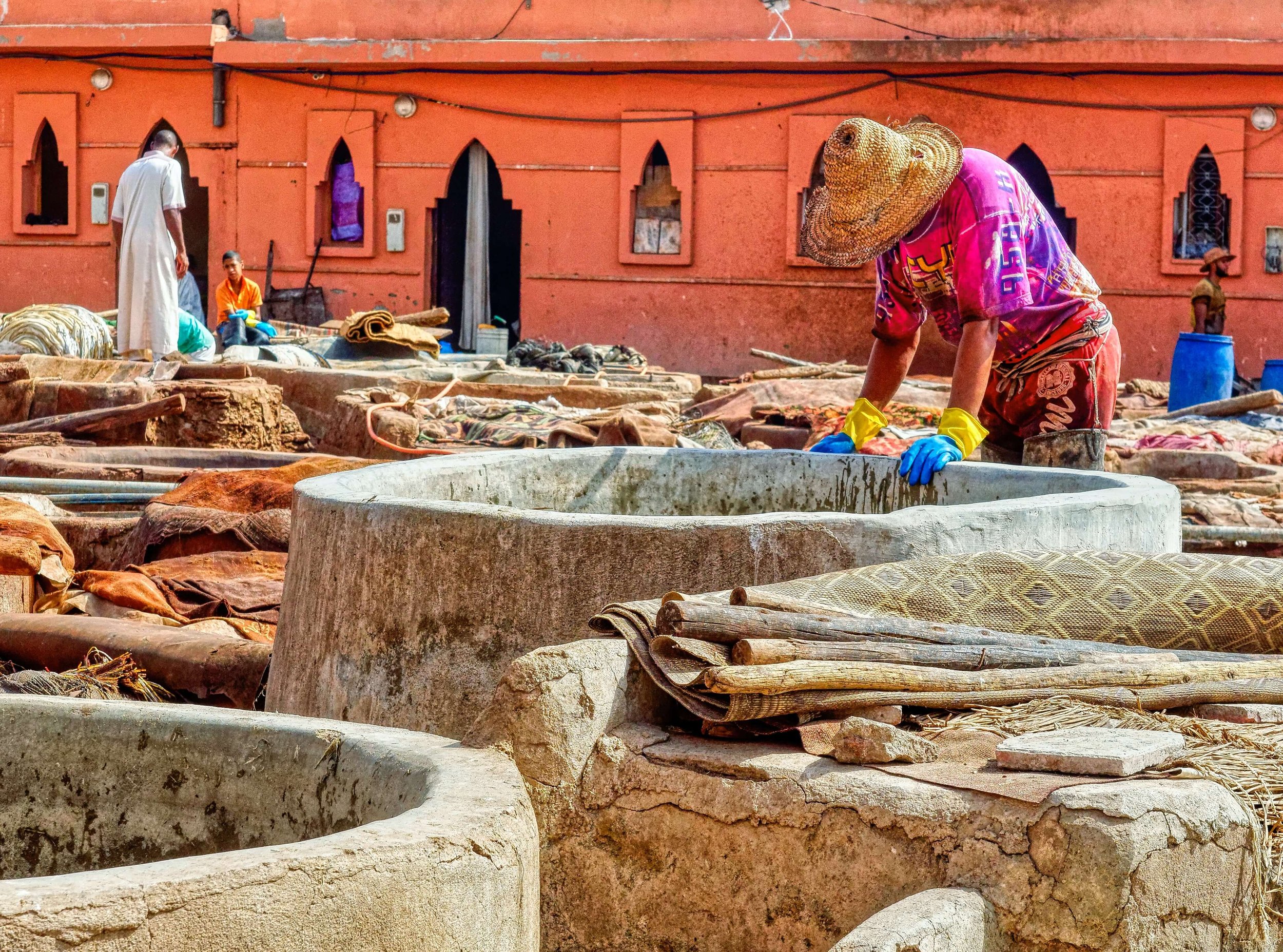Deforestation & The Fashion Industry
We often hear about the climate footprint of different clothes and materials, but there’s another important impact to consider too, the deforestation footprint of fashion. Ancient forests are still being destroyed for the sake of fashion, at the expense of endangered animals, native plants, indigenous communities, and our climate. However, not all materials have such a high cost, so which ones do we need to be aware of?
Forests are often thought of as the ‘lungs of the Earth’. They help ensure the air we breathe, and the water we drink is clean, they are home to a biodiverse array of plant and animal life, and they even help us to combat the climate crisis – securely storing carbon inside of them.
Rainforest Trust suggests that protecting just one acre of forest from destruction helps to keep as much as 400 metric tons of carbon equivalent emissions stored and unable to further wreak havoc on our climate.
Yet, despite the irreplaceable significance and beauty of these natural places, the fashion industry is destroying them. But how, and for what materials?
Clothing made from decimated ancient forests
According to non-profit Canopy, more than 200 million trees are logged each year to be transformed into cellulosic fabrics like viscose and rayon. The organization notes that if these trees were placed end-to-end, they would circle our planet seven times.
Unfortunately, many people aren’t aware that viscose and rayon are even made of trees, let alone trees from old-growth forests – those which are at least 120 years old but often even centuries older. This is an environmental disaster, as Canopy also states that less than 20% of the Earth’s ancient forests remain in intact tracts large enough to maintain biological diversity, which supports wildlife. Meanwhile, it’s also estimated that up to 30% of the viscose and rayon used in the fashion industry is made from endangered and ancient forests which once were home to native plants and animals. Often, even if it’s not old forests being cut down but trees planted specifically for harvest, old-growth forest is still cut down in order to make space for the monoculture of planted trees.
Leather: destroying the Amazon rainforest
By now, you might have come across a headline noting the link between deforestation in the rainforest of Amazonia and cattle ranching. This is because cattle ranching, which exists to sell cattle to slaughterhouses to produce and sell beef and leather, is responsible for 80% of destruction in the Amazon.
A significant amount of this harm is done illegally, with fires being set in order to burn forest and make space for cattle to graze, but other land is harmfully cleared for the same purpose legally, too.
Shockingly, recent research from environmental organization Stand.earth found a massive number of luxury and mainstream brands – including Adidas, Reebok, Camper, Nike, Puma, H&M, Zara, Gap, River Island, Coach, Calvin Klein, Prada and many more – have multiple ties to deforestation in the Amazon, because of their leather bags, shoes, wallets and accessories. Even brands using Leather Working Group certified leather were implicated.
While Indigenous advocates from Amazonia deplore the fashion industry for their terrible mistreatment of such a precious land, Indigenous communities around other parts of the world combat massive land clearing for leather – a highly profitable co-product of beef production – too.
In Queensland in Australia, for example, over 90% of deforestation is due to cattle ranching, as well as sheep farming. Native animals like koalas, considered vulnerable to extinction, have their habitat destroyed, with 50 million native animals dying each year due to habitat destruction. Skins of cattle and sheep grazing once rich and natural land are sold to the fashion industry for a great profit.
It’s not just leather, all animal-derived materials are land hungry
A large part of the reason that leather production results in so much land clearing, is because the animal industrial complex which raises all farmed animals is inefficient and wasteful – putting more into the system than the system produces.
More agricultural land is used for animal production than anything else. Half of all habitable land on the planet is used for agriculture, and 77% of that is used to raise animals for slaughter and grow crops for those animals to eat.
So how does this impact fashion? We can produce far more cotton or hemp than we can wool on the same amount of land – did you know that producing one bale of Australian wool (where most wool is from) instead of cotton requires 367 times more land? Alpaca’s wool and cashmere are similarly land-inefficient.
We can also produce far more pineapples to feed people and create leather alternative materials than we can leather from cow skins on the same land. The same can be said of cacti used as the building block of another leather alternative, and cork bark – also used in place of leather and stripped from trees in a process that allows the living tree to sequester more carbon.
So how do we protect forests when we get dressed?
The first and most important thing we can do to protect precious forests when we get dressed is to consider them at all – so asking this question is a great start. When we are more aware of the potential impact our wardrobes have on the planet and those living on it, we are able to make more informed and less harmful decisions.
Suppose you’re seeking to ensure your wardrobe has a low deforestation footprint and protects native land by using efficiently produced materials. In that case, it’s best to choose some of the many wonderful alternatives to leather and avoid all viscose and rayon that is not certified to come from trees planted specifically for the material’s production, on land which hasn’t been decimated for production. Fortunately, there are plenty of great alternatives to these materials, made in supply chains that are both similar and entirely different – more sustainable – at the same time.
A great alternative to rayon is this EcoVero fabric from Brava
What are some forest-friendly alternatives to viscose and rayon
Tencel
Tencel is a lyocell material – a cellulosic material similar to rayon, with some major differences. Tencel is made from fast-growing Eucalyptus trees grown specifically to create the material, without any biodiverse forest risk involved. Forest protection organization Canopy gives the company producing Tencel it’s highest rating category possible. Tencel is also made in a closed-loop, meaning that the substances used to create it are recycled and not sent out into waterways.
Ecovero
Ecovero is made by the same company which created Tencel, Lenzing. Ecovero is still actually a viscose material, but it is made from ‘certified renewable wood sources using an eco-responsible production process by meeting high environmental standards’. The material has been awarded the EU Ecolabel and is manufactured with up to 50% fewer emissions and water impact than generic viscose.
Recycled, post-consumer materials
Every second around the globe, a garbage truck full of textiles and clothing is sent to landfill. This disturbing amount of waste is due to the ever-quickening pace of our fast fashion industry, which too often is no longer selling clothes designed to last and be loved.
With so many textiles currently being discarded, why do we continue to make more new material? Again, non-profit Canopy suggests we needn’t: ‘all 6.5 million tonnes of viscose being produced this year could be made using only 25% of the world’s wasted and discarded cotton and viscose fabrics, thereby saving forests, reducing municipal and industrial waste to landfills, and reducing carbon emissions, energy, and water use.’
More and more brands are beginning to use materials made from old materials, which is a wonderful thing.
Cactus Leather from Allegorie
Which leather alternatives are best for forests and the rest of the planet?
Desserto cactus leather
This leather alternative is quickly becoming more widely available and is made up largely of cacti grown in Mexico, where its makers support natural biodiversity. No trees are cut down for the cacti plantation. The material is made by turning the cacti into a dried powder, which is backed onto a woven (sometimes recycled) material, which is then coated with polyurethane. It’s not totally perfect, but it’s one of the best and most sustainable choices that is available at the moment.
Piñatex
This pineapple leaf alternative to leather is 95% biodegradable and uses the leaves on a pineapple plant that are otherwise simply discarded. This means no additional land is needed for the production of the material, which is then coated with a bio-based resin for longevity.
Cork
Cork leather is a really great option for those who want their bags and wallets to be biodegradable, water-resistant and eco-friendly. Able to be embossed to mimic the patterns of crocodiles and snakes, cork trees are harvested of their bark every few years while the trees continue to grow – largely across Portugal.
Hemp Shirt from Patagonia
What are some low-land impact alternatives to wool?
Hemp
Hemp is a much-loved material in the sustainable fashion community, and for good reason. Extremely land efficient because of how densely this plant grows, hemp can be grown without pesticides and minimal water if sustainable agriculture is practiced. This bast fiber is often blended with organic cotton to make it more cosy to rug up in.
Sustainably sourced cotton
There are a lot of unsustainable and unethical sources of cotton – which can degrade land and drink up too much water – but too, there are plenty of great sources of it! Certified organic cotton, recycled cotton, and sustainably grown cotton like Good Earth Cotton are all wonderful options which are used to make knitwear.
Bamboo lyocell
Similar to Tencel (which is also a good alternative), bamboo lyocell is produced in a closed-loop. Bamboo can be cut down while it continues to grow, and it grows at a rapid pace. What’s more, it can be grown without pesticides. It’s important to opt for bamboo lyocell rather than rayon because it is more sustainable, and this material is great for knitted garments that are breathable and soft.
About the Author
Emma Håkansson is the founder and director of Collective Fashion Justice which seeks to create a total ethics fashion system that prioritizes the life and wellbeing of non-human & human animals, as well as the planet, before profit & production. She has written countless articles on ethics, sustainability, and fashion, and has two books due out over the next two years.
WANT To Find SUSTAINABLE BRANDS? VISIT OUR BRAND DIRECTORY!
Our Brand Directory is home to hundreds of sustainable brands, from makeup to cleaning supplies, from underwear to shoes. We have broken everything down by category for easy shopping, along with discount codes unique to Sustainably Chic viewers.














